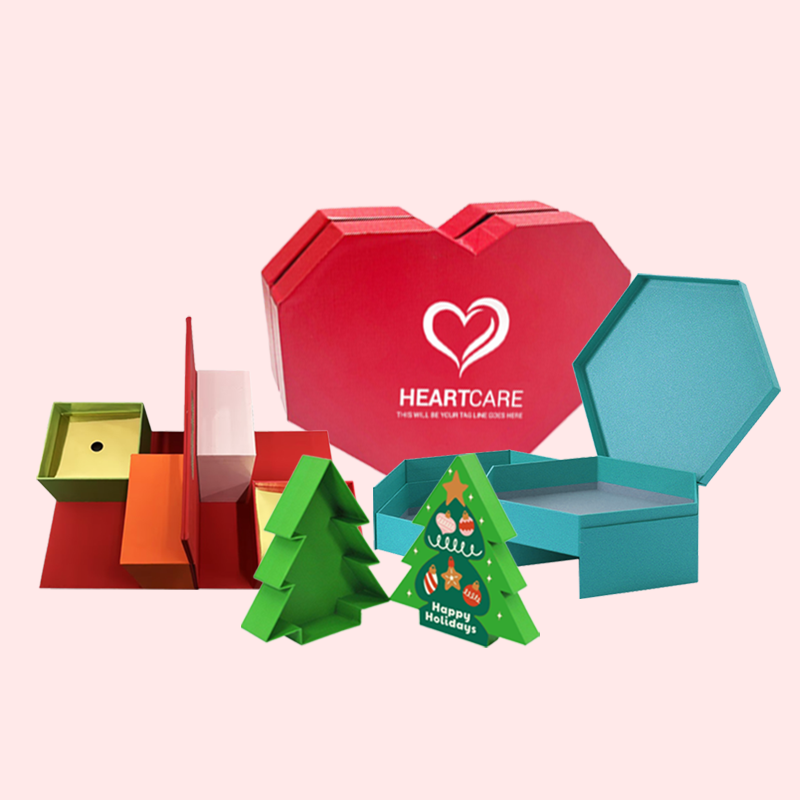Want to show your brand's green side, but customers aren't noticing? It's frustrating when your sustainable efforts go unseen, failing to connect with your audience.
To best highlight sustainability, use clear eco-labels, tell a story about your material choices on the pack, and design for easy recycling. This approach communicates your commitment transparently, builds trust, and helps customers make eco-conscious decisions at a glance.
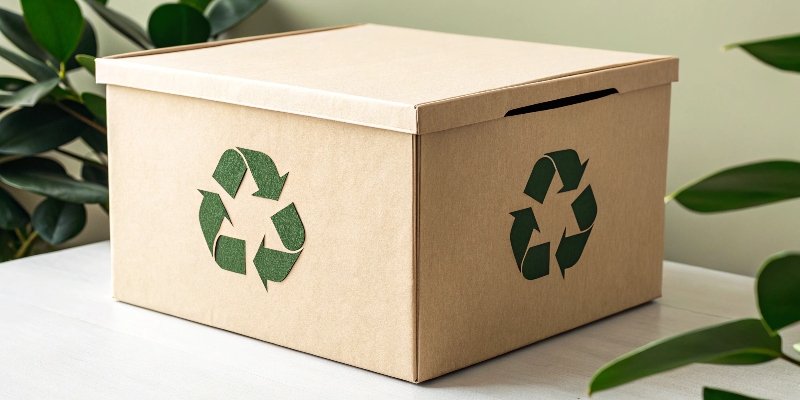
This sounds straightforward, but making it work is a different story. In my 16 years in packaging, I've seen many businesses try and fail. Customers are smart and can spot "greenwashing" easily. So, effective communication is key. We need to show our genuine efforts clearly and honestly. Let's break down how to do this right, starting with the basics.
How to identify sustainable packaging?
Sorting through "eco-friendly" claims is tough. Many brands say they're green, but how can you really tell? You need a clear way to know what's truly sustainable.
Look for recognized certifications like the Forest Stewardship Council (FSC)1. Check for high recycled content2 and designs that use less material. Truly sustainable packaging is easy to recycle or reuse, and the supplier is transparent about its material sources and processes.
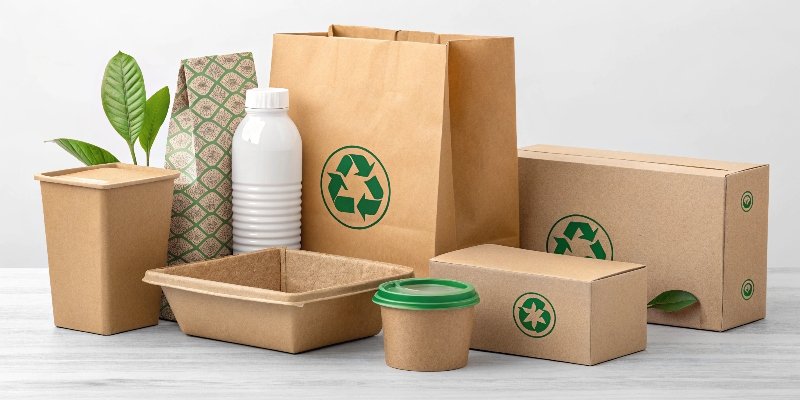
When I started Giftspack, the definition of "sustainable" was very loose. Now, things are much clearer, and for designers like Peter, knowing the signs is crucial. The goal is to choose packaging that has the lowest possible impact across its entire life. This isn't just about the material itself. It's about where it comes from, how it's made, and what happens to it after use. To help, I break it down into a few key areas.
Key Identifiers of Sustainable Packaging
First, check for certifications. These are third-party verifications that a material meets specific environmental and social standards. The FSC logo, for instance, tells you the paper comes from responsibly managed forests. Second, look at the material composition. Is it made from recycled content2? Is it a mono-material3, meaning it's made of a single material like paperboard? Mono-materials are much easier to recycle than mixed materials. Finally, consider the design. A minimalist design4 that uses less material, ink, and glue is inherently more sustainable.
I've created a simple table to compare common choices:
| Feature | Recycled Cardboard | Virgin Paper (FSC) | Standard Plastic |
|---|---|---|---|
| Source | Post-consumer waste | Responsibly managed forests | Fossil fuels |
| Recyclability | High | High | Varies, often low |
| End-of-Life | Biodegradable, compostable | Biodegradable, compostable | Landfill, pollution |
| Customer Perception | Positive | Positive | Negative |
Choosing the right option means understanding these details. It’s what separates genuine effort from empty claims.
How to make your packaging more sustainable?
Your current packaging works, but you know it could be greener. The switch feels complex and expensive. You're worried about compromising product protection or brand aesthetics for sustainability.
Start by reducing material with smarter structural designs. Switch to recycled or certified materials like FSC-approved paperboard. Also, choose non-toxic, plant-based inks5 and glues. These changes make a big impact without requiring a complete and costly overhaul.
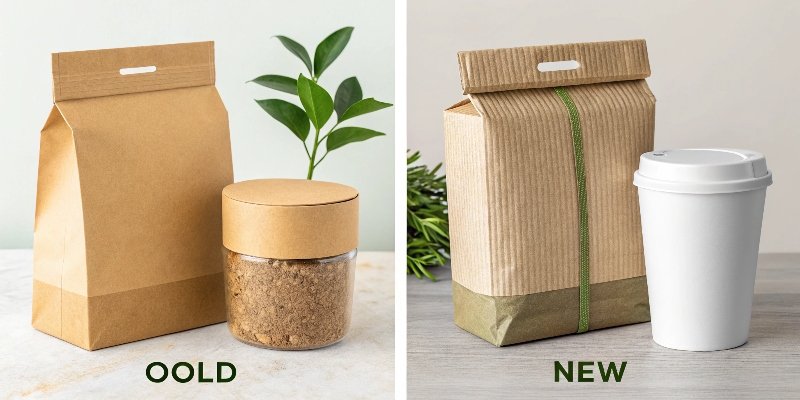
I often talk to designers who feel stuck. They want to be more sustainable, but project budgets and deadlines are tight. The good news is that sustainability doesn't have to mean a total redesign. The journey can start with small, practical steps that add up. I always recommend focusing on the "three R's" of sustainability as a framework: Reduce, Reuse, and Recycle.
Practical Steps for Greener Packaging
-
Reduce: This is the most effective first step. Ask yourself: can this box be smaller? Can we use a thinner but stronger grade of paperboard? I remember a project for an electronics client where we re-engineered their box inserts. We replaced bulky foam with a clever, foldable cardboard design. This single change cut their material usage by 20% and lowered their shipping costs. Small design tweaks can have a huge financial and environmental payoff.
-
Reuse: Can the packaging have a second life? A beautifully designed box for cosmetics might become a jewelry box. A sturdy shipping box can be designed with features that encourage customers to use it for storage. This adds value for the customer and keeps the packaging out of the waste stream for longer.
-
Recycle: This is about designing for the end of the packaging's life. Use mono-material3s whenever possible. If you are using paper boxes, avoid glossy plastic laminations that make them non-recyclable. Use water-based or soy-based inks. Clearly print recycling instructions6 on the box. Making it easy for the customer to do the right thing is a critical part of the process.
What is the best ideal packaging for sustainability?
You're searching for the perfect sustainable packaging solution. But every option has pros and cons. It's confusing to decide which material is truly the "best" for the planet.
The "best" packaging balances environmental impact7, product protection, and cost. Often, a mono-material3 solution like a well-designed paper or cardboard box is ideal. It is highly recyclable, lightweight for shipping, and comes from a renewable resource.
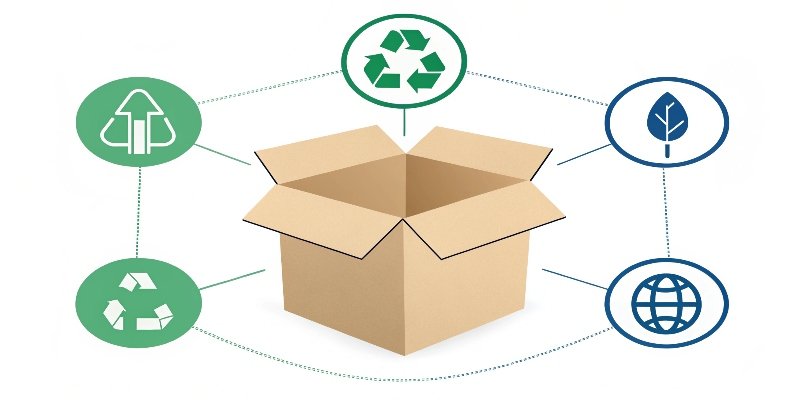
This is a question I get all the time. The honest answer is that there is no single "best" material for every situation. The ideal choice always depends on the product inside. A glass jar is great for food but terrible for shipping a laptop. However, based on my 16 years of experience, I can confidently say that for a huge range of products, paper-based packaging is the strongest contender for the "ideal" solution.
Why Paper is a Top Contender
Paper and cardboard come from a renewable resource—trees. When sourced from FSC-certified forests, we ensure that we are not depleting natural resources. Paper is also lightweight, which reduces the carbon footprint from shipping. Most importantly, its end-of-life story is excellent. Paper is one of the most recycled materials in the world, and if it does end up in the environment, it biodegrades relatively quickly.
Of course, paper isn't perfect. As I often tell my clients, its biggest weakness is its lack of water resistance. For products that need a moisture barrier, we have to find creative solutions. Its strength is also limited compared to materials like metal. But for countless goods in cosmetics, electronics, food, and e-commerce, a well-designed paper box is the sweet spot.
Here’s a quick scoring of different options for a typical consumer product:
| Packaging Type | Sustainability Score (1-5) | Protection Score (1-5) | Cost Score (1-5) |
|---|---|---|---|
| Recycled Cardboard Box | 5 | 4 | 5 |
| Glass Jar | 3 | 5 | 2 |
| Flexible Plastic Pouch | 1 | 3 | 4 |
| Wooden Box | 4 | 5 | 1 |
As you can see, the cardboard box offers the best all-around performance for many typical use cases.
What is sustainable packaging for consumer goods8?
Consumers are watching your every move. Their buying decisions are influenced by your packaging choices. You need packaging that protects the product and aligns with rising customer values.
For consumer goods, sustainable packaging must be easy for the customer to handle. This means it should be simple to open, collapse for disposal, and place in their local recycling bin. Using recycled cardboard and soy-based inks shows you care.
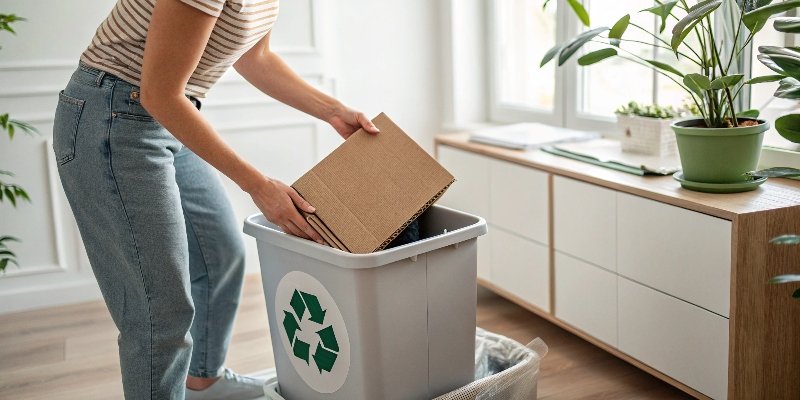
When we talk about packaging for consumer goods, we have to think about the final user. The sustainability journey doesn't end when the product ships from our factory; it ends when the customer disposes of the packaging. The entire experience matters. From my experience, what resonates most with consumers is simplicity and honesty. They are busy. They don't want to spend time figuring out if a box is recyclable.
Designing for the Consumer
The unboxing experience9 is your first chance to communicate sustainability. Is the box easy to open without creating a mess? Does it feel thoughtful and well-made, even if it's simple? This is where paper and cardboard shine. Their surfaces are perfect for printing brand stories and clear instructions. You can print a simple message like, "I'm made from 100% recycled paper. Please recycle me again!" right on the box. This direct communication builds an immediate connection.
A big challenge, especially for premium brands, is overcoming the perception that paper packaging is not high-end. This is a design problem I love to solve. We can use techniques like embossing, debossing, or unique structural shapes to create a luxurious feel without using non-recyclable materials. For one cosmetics client, we created a stunning box from raw, uncoated recycled paper. We used a deep emboss of their logo instead of ink. The final product looked and felt incredibly premium, and it was 100% recyclable. It showed that sustainability and luxury can go hand-in-hand.
Conclusion
Highlighting sustainability is simple. Use clear labels, choose renewable materials like paper, and design for easy recycling. Your customers will notice and appreciate your genuine commitment to the planet.
-
Discover the importance of FSC certification in ensuring sustainable sourcing of materials. ↩
-
Find out how using recycled content can improve your brand's sustainability profile. ↩ ↩
-
Understand the advantages of mono-materials for recycling and sustainability. ↩ ↩ ↩
-
Explore how minimalist design can reduce waste and enhance sustainability in packaging. ↩
-
Learn about the environmental advantages of switching to plant-based inks for your packaging. ↩
-
Find out how clear recycling instructions can enhance consumer engagement with sustainability. ↩
-
Learn methods to evaluate and reduce the environmental impact of your packaging choices. ↩
-
Explore the key features of sustainable packaging that resonate with consumers. ↩
-
Discover how the unboxing experience can communicate your brand's sustainability efforts. ↩


